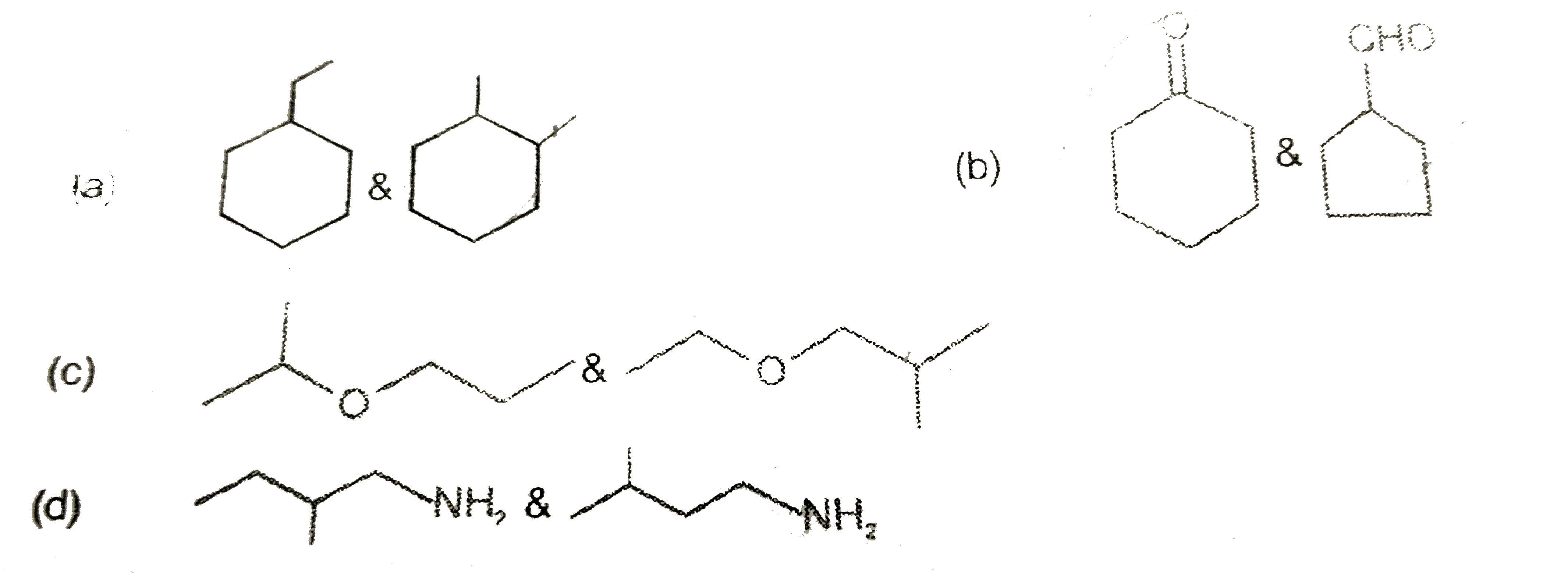Define corrosion. What is the chemical formula of rust? Give the relationship between equivalent and molar conductance.
Step-by-Step Solution
1. Definition of Corrosion:
- Corrosion is defined as the process of slow deterioration or eating away of metals due to their reaction with environmental factors such as gases and water vapors. This process leads to the formation of various compounds, including oxides, sulfides, and carbonates.
2. Chemical Formula of Rust:
- The corrosion of iron specifically leads to the formation of rust. The chemical formula for rust is represented as Fe2O3⋅xH2O, where x indicates the number of water molecules associated with the iron oxide.
3. Relationship Between Equivalent Conductance and Molar Conductance:
- The relationship between equivalent conductance (Λe) and molar conductance (Λm) can be expressed mathematically. The formula is:
ΛmΛe=NormalityMolarity
- Here, normality is defined as the product of molarity and the n-factor (the number of equivalents of the solute). Thus, we can rewrite the equation as:
Λm=n-factor×Λe
- The n-factor is the net positive or negative charge of the ions in the solution.
- Corrosion is defined as the process of slow deterioration or eating away of metals due to their reaction with environmental factors such as gases and water vapors. This process leads to the formation of various compounds, including oxides, sulfides, and carbonates.
- The corrosion of iron specifically leads to the formation of rust. The chemical formula for rust is represented as Fe2O3⋅xH2O, where x indicates the number of water molecules associated with the iron oxide.
- The relationship between equivalent conductance (Λe) and molar conductance (Λm) can be expressed mathematically. The formula is:
ΛmΛe=NormalityMolarity
- Here, normality is defined as the product of molarity and the n-factor (the number of equivalents of the solute). Thus, we can rewrite the equation as:
Λm=n-factor×Λe
- The n-factor is the net positive or negative charge of the ions in the solution.
Topper's Solved these Questions
- ELECTROCHEMISTRYBOOK - ICSECHAPTER - ELECTROCHEMISTRYEXERCISE - ISC EXAMINATION QUESTIONS (PART-I Objective Questions) (Fill in the blanks)
8 Videos
- ELECTROCHEMISTRYBOOK - ICSECHAPTER - ELECTROCHEMISTRYEXERCISE - ISC EXAMINATION QUESTIONS (PART-I Objective Questions) (Choose the correct alternative)
9 Videos
- ELECTROCHEMISTRYBOOK - ICSECHAPTER - ELECTROCHEMISTRYEXERCISE - EXERCISE (PART-II Descriptive Questions)(SHORT ANSWER QUESTIONS)
38 Videos
- DISTINCTION BETWEEN PAIRS OF COMPOUNDS BOOK - ICSECHAPTER - DISTINCTION BETWEEN PAIRS OF COMPOUNDS EXERCISE - QUESTIONS
155 Videos
- GENERAL PRINCIPLES AND PROCESSES OF ISOLATION OF ELEMENTS BOOK - ICSECHAPTER - GENERAL PRINCIPLES AND PROCESSES OF ISOLATION OF ELEMENTS EXERCISE - EXERCISE (PART-I ( OBJECTIVE QUESTIONS )) (Fill in the blanks)
60 Videos
Similar Questions
What is a chemical formula?
View SolutionWrite the chemical formula of rust.
View SolutionWhat is the chemical formula of ammonia?
View SolutionDefine molar conductance
View SolutionWhat is the chemical formula of aluminium oxide?
View SolutionWhat is the chemical formula of sodium nitroprusside ?
View SolutionGive the relationship between pressure and density of gas.
View SolutionIdentify the relationship between the give compounds.

View SolutionIdentify the relationship between the give compounds.
View SolutionIdentify the relationship between the give compounds.
View Solution
